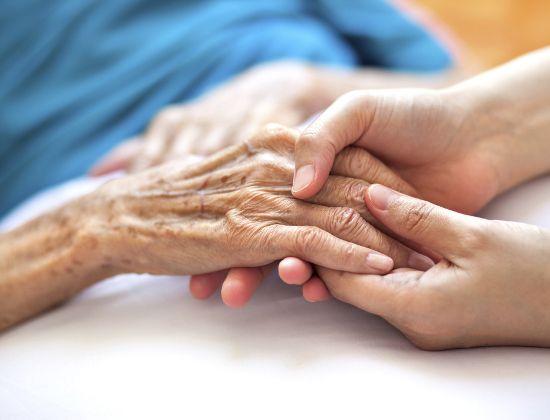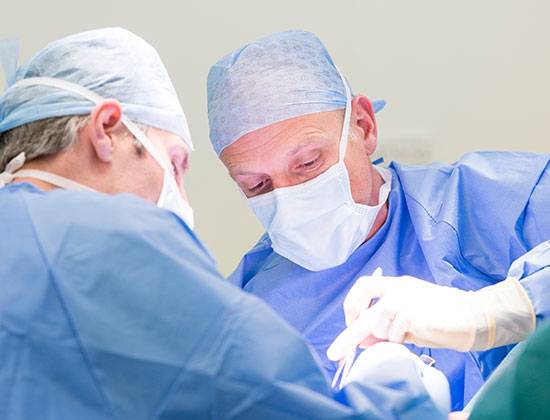Osteoarthritis (OA) of the thumb
This type of arthritis normally affects the joint at the base of the thumb (basal joint). A lubricating layer known as articular cartilage covers the ends of the bones, and this helps to minimise friction within the joint. OA is when there is pain and irritation of the cartilage in the joint which, if it’s not treated, can cause more pain and limited movement. OA of the base of the thumb usually affects people over the age of 40 and is more common in women.
Causes
Laxity of the ligaments at the base of the thumb can allow the joint to slip slightly. This then puts extra stress on the joint cartilage. As the cartilage wears out, the rough surfaces of the bones begin to rub against one another and the hand becomes painful, stiff and inflamed. OA usually develops after many years of use, which is why it normally affects people who are middle-aged. However, it’s also more likely when there has been previous damage to the joint surface, for example a fracture.
Symptoms
These include pain, especially when gripping (for example, turning a door handle), along with tenderness at the base of the thumb, swelling, limited movement, and loss of strength. The joint can also look deformed and can develop a bony bump.
Diagnosed
A medical examination and discussion of your symptoms and any past injuries is usually backed up by an X-ray. The specialist will also check for signs of carpal tunnel syndrome which is common in people who have arthritis of the base of the thumb.
Treatment
Non-operative treatment: this includes modification of ones activities along with taking anti-inflammatory medication if advised by your doctor. You can also wear a splint to support your thumb, allowing the joint to rest. If your symptoms continue you may be offered a steroid injection into the joint to reduce pain and inflammation.
Surgery: usually performed as a day case procedure, surgery can include fusing the bones of the joint (although this will limit your movement) or removing part of the joint which is then rebuilt using neighboring tissue, you will usually need to wear a splint for 6 weeks after surgery.
Important: This information is only a guideline to help you understand your treatment and what to expect. Everyone is different and your rehabilitation may be quicker or slower than other people’s. Please contact us for advice if you’re worried about any aspect of your health or recovery.


















